As Australia moves into 2025, solar energy solutions 2025 are transforming the way homes and businesses power their daily operations. Solar energy has long been a crucial part of Australia’s energy mix, and recent advancements in technology have made it more efficient and accessible than ever before. With Australia’s vast sun exposure, it’s no surprise that solar energy solutions are quickly becoming a top choice for households and businesses looking to reduce costs and environmental footprints.
In this article, we will explore why solar energy solutions 2025 are revolutionising the Australian renewable energy market. From cutting-edge technologies to financial incentives, we’ll dive into everything you need to know about the future of solar energy in Australia.
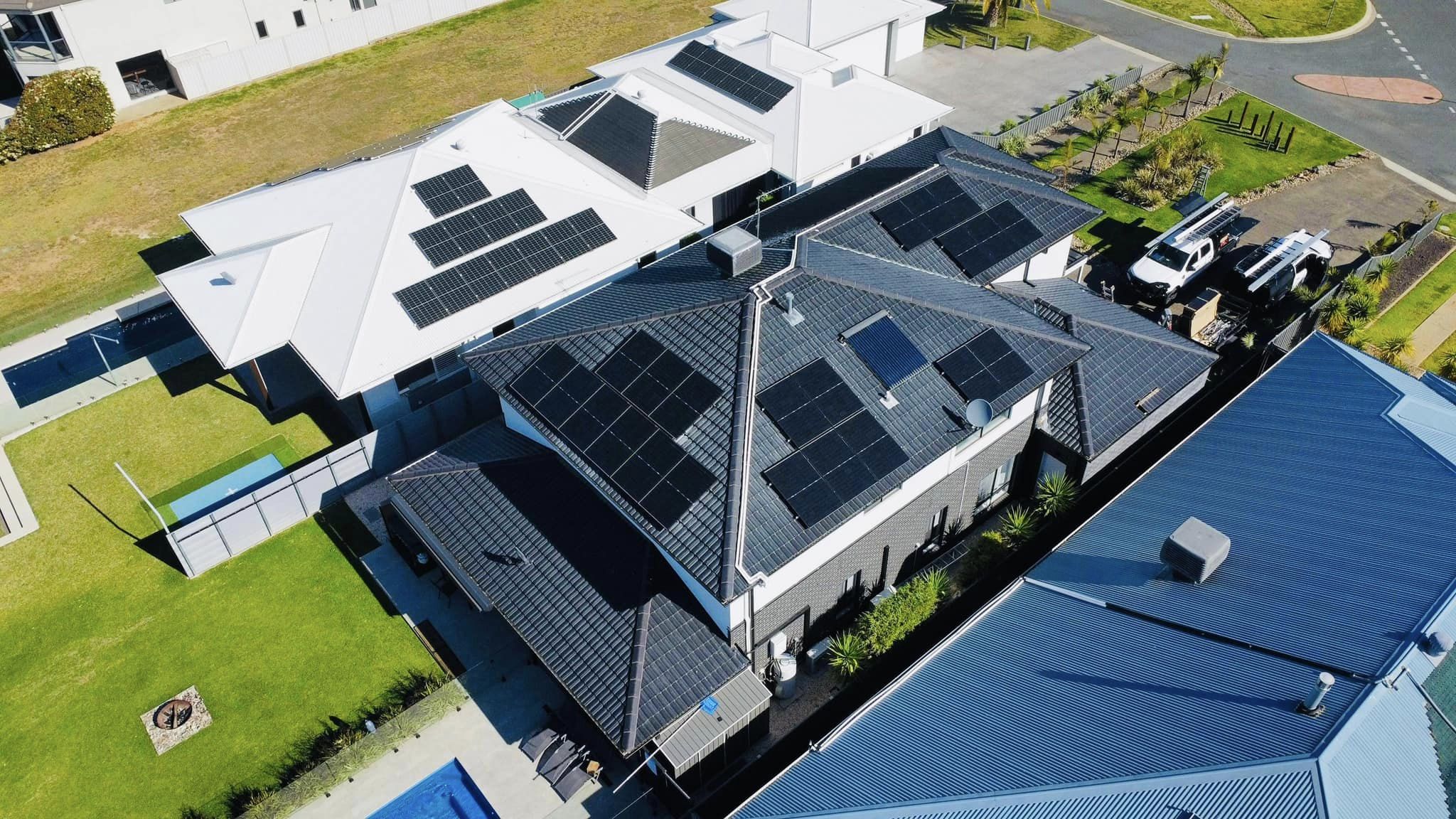
As the world grapples with the effects of climate change, solar energy solutions 2025 represent a critical turning point. With the Australian government’s continued commitment to renewable energy, solar power has become a practical and reliable option for reducing carbon footprints and achieving energy independence. In 2025, we see an exciting shift in technology that makes solar energy more affordable, efficient, and accessible to the general public.
One of the major advantages of solar energy is that it reduces reliance on fossil fuels, which not only leads to cost savings but also helps curb the harmful environmental impact associated with traditional energy sources. By choosing solar energy solutions 2025, Australians are investing in a greener future.
The rise of solar technology has also led to lower installation costs, allowing more Australians to consider switching to solar. In 2025, these solutions are more cost-effective than ever, ensuring that Australians can cut their energy costs while also contributing to a sustainable future. With ongoing government incentives and subsidies, solar energy is no longer just for early adopters—it’s become a viable choice for homeowners, businesses, and even large-scale operations.
In 2025, one of the standout solar energy solutions 2025 is the introduction of high-efficiency solar panels. Modern solar panels are now capable of capturing more sunlight and converting it into usable energy, even in areas with limited sunlight. These panels have a higher conversion efficiency than ever before, meaning they can generate more energy from the same amount of space, offering greater energy savings.
The ability to store solar energy for use when the sun isn’t shining is another game-changer in solar energy solutions. Solar battery storage systems allow homeowners and businesses to use their solar energy even during the night or on cloudy days. This solution eliminates the need to rely on the grid during off-peak hours, further reducing energy costs.
Smart inverters are essential for converting the DC electricity generated by solar panels into AC electricity that can be used in your home or business. In 2025, solar inverters have become more efficient, reliable, and capable of offering real-time monitoring. This means that you can easily track your energy consumption and ensure that your system is operating at peak performance.
In the hot Australian climate, solar-powered air conditioning systems are becoming increasingly popular. By integrating solar power with air conditioning systems, these energy-efficient solutions help reduce electricity bills and increase comfort without negatively impacting the environment.
One of the most exciting trends in solar energy solutions 2025 is the rise of community solar projects. These initiatives allow individuals and businesses to invest in a shared solar energy system, making it possible to enjoy the benefits of solar power without the upfront installation costs. It’s a win-win for both the environment and community members looking to save money.
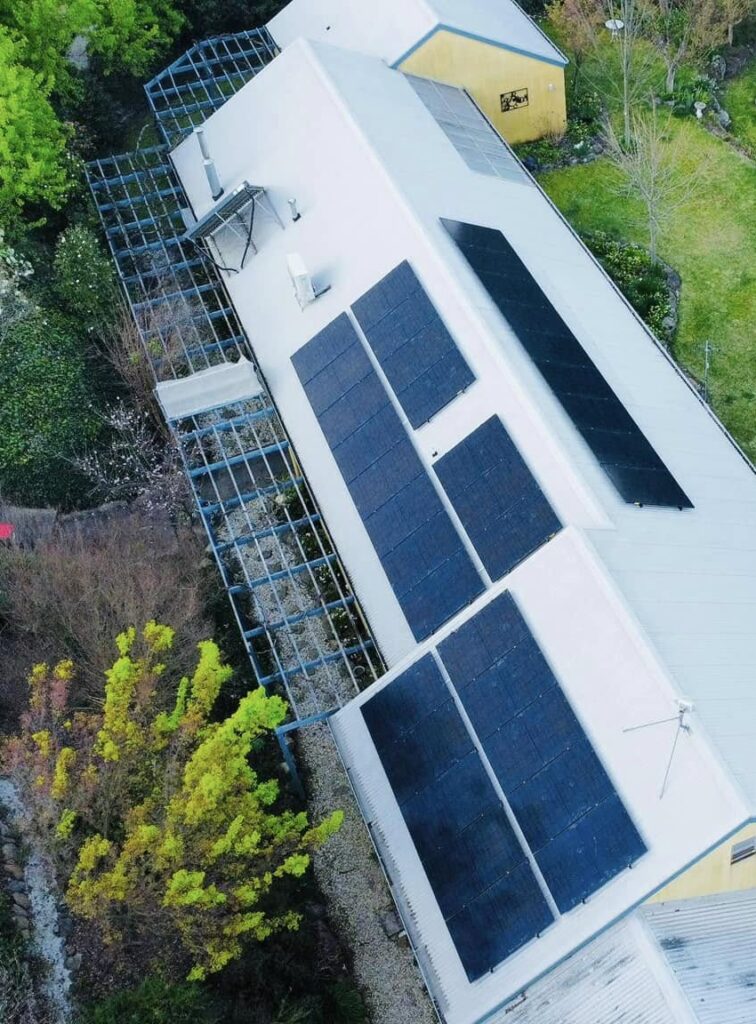
Australia’s vast landscapes and abundant sunlight provide the ideal conditions for harnessing solar energy. By choosing solar energy solutions 2025, Australians are significantly reducing their carbon footprint and contributing to the country’s goal of achieving net-zero emissions. The environmental benefits include:
By adopting solar energy solutions 2025, individuals and businesses can be a part of the larger movement to combat global warming and create a sustainable future.
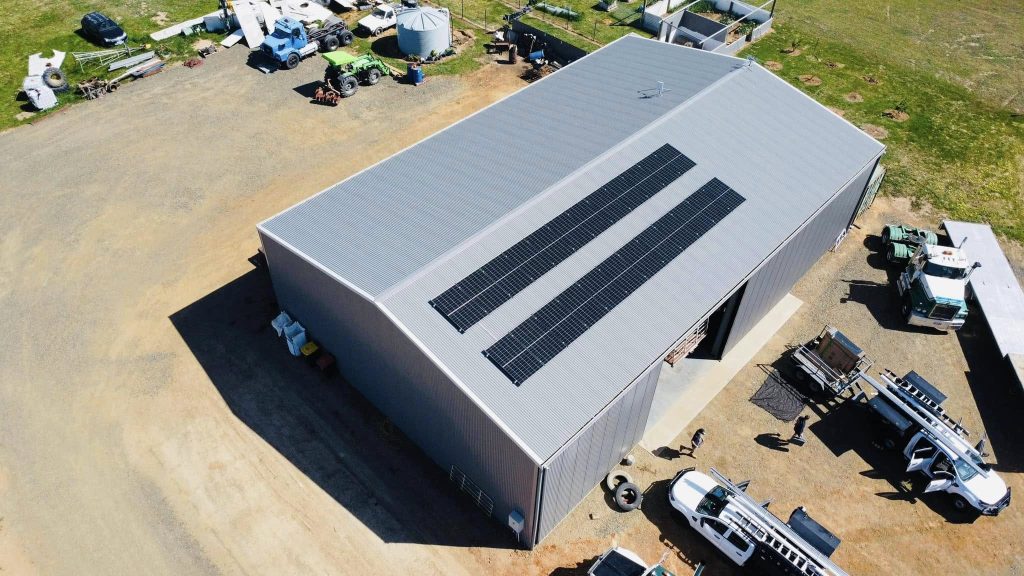
One of the most compelling reasons to consider solar energy solutions 2025 is the potential for substantial cost savings. The initial investment in solar panels, batteries, and installation can pay for itself within 5 to 10 years, thanks to reduced electricity bills.
The Australian government continues to offer incentives to encourage solar adoption, making it more affordable for Australians to install solar power systems. These incentives, such as rebates and tax credits, help offset the upfront costs and make solar energy solutions more accessible.
Thanks to energy savings and government incentives, the payback period for solar systems in Australia has decreased significantly. In 2025, the typical payback period for a residential solar system can range from 5 to 7 years, depending on factors such as system size, energy consumption, and location.

Solar energy solutions work by capturing sunlight through photovoltaic (PV) panels that convert sunlight into direct current (DC) electricity. This electricity is then converted into alternating current (AC) by inverters, which is the form of electricity used to power homes and businesses.
In 2025, these systems have evolved to be more efficient and smarter, with the integration of artificial intelligence (AI) and real-time monitoring systems that optimise energy production. This helps ensure that solar energy solutions are not only effective but also adaptable to the unique energy needs of each home or business.
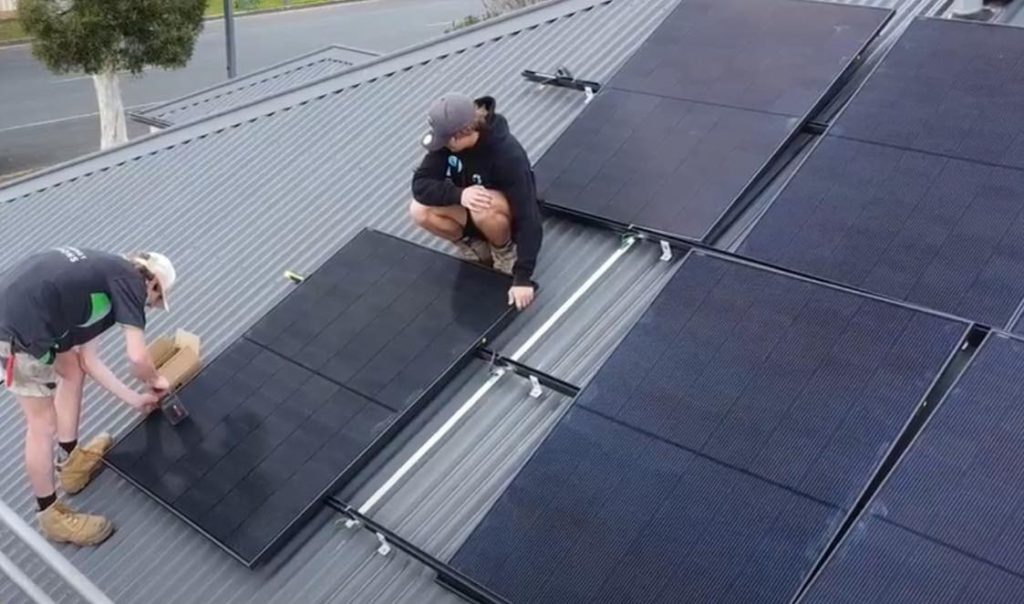
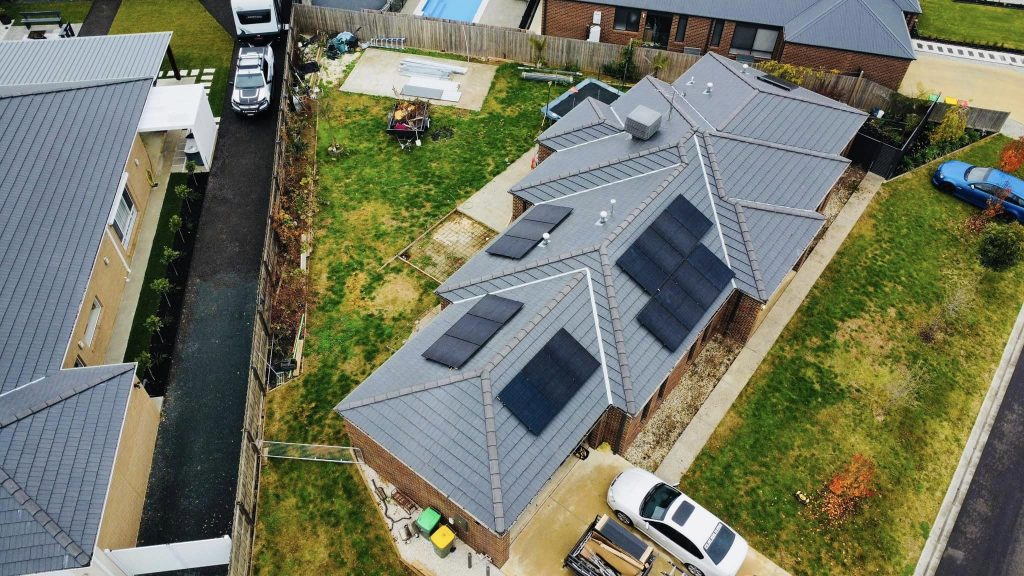
The future of solar energy solutions 2025 is full of exciting innovations. Some key trends to watch out for include:
The future of energy in Australia is undeniably solar. With innovations in solar technology, financial incentives, and a growing commitment to sustainability, solar energy solutions 2025 are revolutionising the way Australians power their homes and businesses. Whether you’re interested in reducing energy bills, contributing to environmental conservation, or investing in long-term savings, solar energy offers unmatched benefits.
For more information on how to get started with solar energy, visit CE Solutions and explore your options today.
Q1: What are solar energy solutions?
A1: Solar energy solutions refer to systems that harness sunlight to generate electricity, such as solar panels, inverters, and batteries.
Q2: How do solar energy solutions work?
A2: Solar panels convert sunlight into electricity, which is then used to power homes or businesses. Solar inverters convert the DC electricity into AC, while batteries can store excess energy for later use.
Q3: How much can I save with solar energy solutions in 2025?
A3: Savings depend on system size and energy usage, but in general, solar energy solutions can reduce electricity bills by up to 80%, with a payback period of 5 to 7 years.
Q4: Are there any government incentives for solar in Australia in 2025?
A4: Yes, the Australian government continues to offer rebates and incentives to help reduce the upfront costs of solar installations.
Q5: What are the best solar companies in Australia for 2025?
A5: CE Solutions, Solargain, and Energy Matters are some of the top solar energy providers in Australia, offering comprehensive solar solutions for homeowners and businesses.